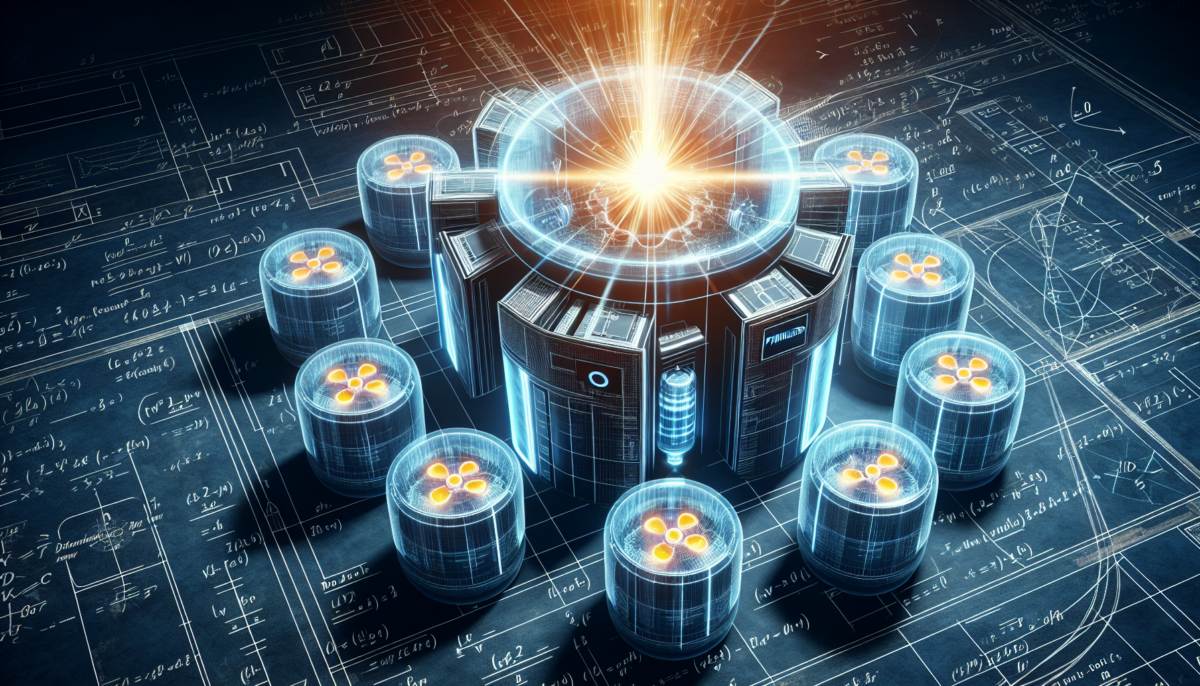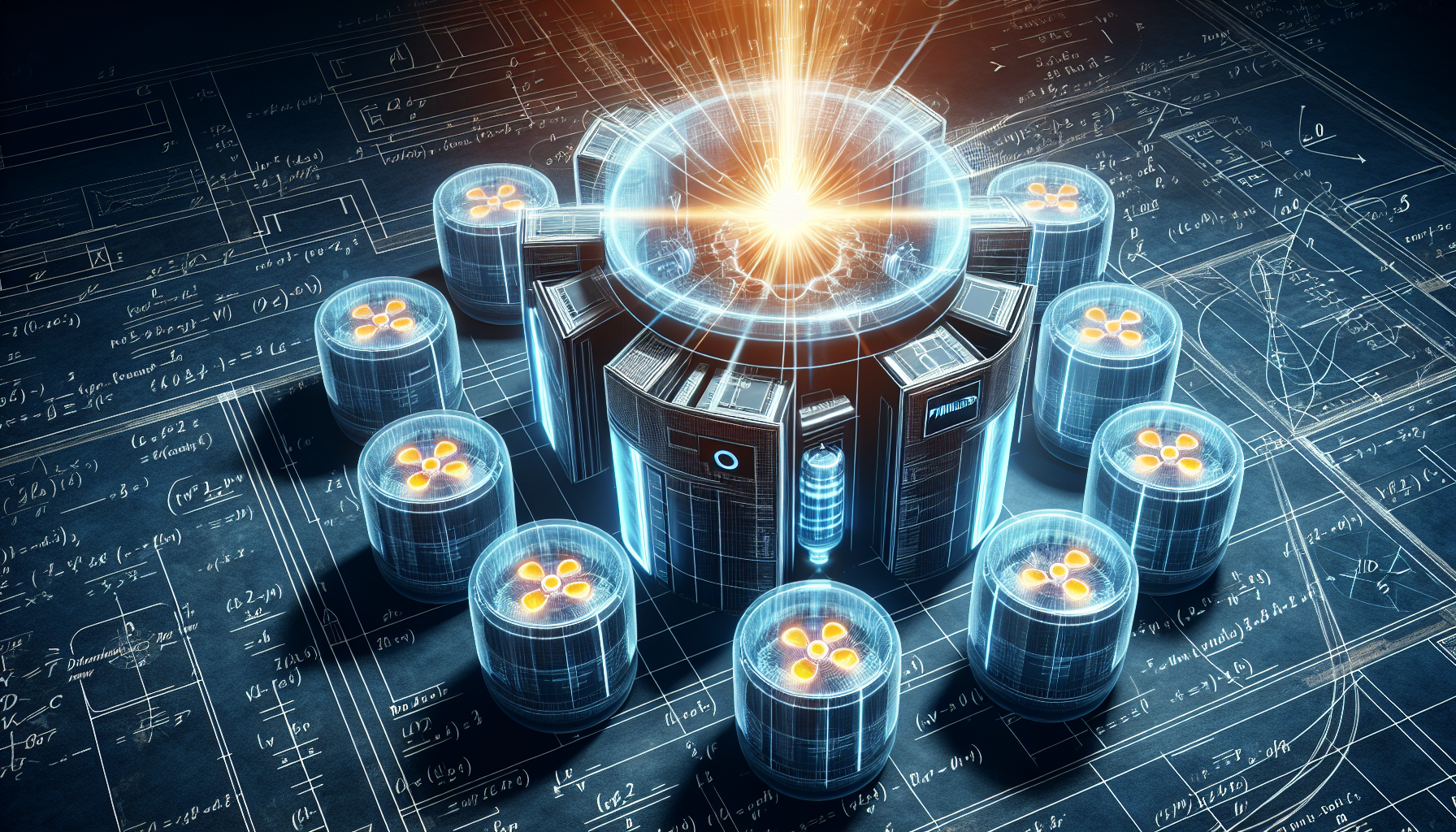Radiant Pioneers Scalable Modular, Portable Nuclear Reactors
We independently review everything we recommend. When you buy through our links, we may earn a commission which is paid directly to our Australia-based writers, editors, and support staff. Thank you for your support!

Radiant’s Innovative Modular, Portable Nuclear Reactors
Quick Overview
- Radiant is developing small, portable nuclear reactors.
- Established by former SpaceX engineer Doug Bernauer.
- Reactors are container-sized and can be linked for outputs up to 4MW.
- Engineered for rapid manufacturing and deployment across various settings.
- Employs helium circulator and graphite moderator for cooling and safety.
- First reactor is slated for testing at Idaho National Lab in 18 months.
- Presents a potential solution for energy challenges, including those facing Australia’s grid.
Company Background and Vision
Radiant is a new energy enterprise initiated by Doug Bernauer, who previously worked at SpaceX. Bernauer envisions transforming nuclear energy to be more accessible, effective, and secure. The company specializes in modular, portable nuclear reactors that can be swiftly constructed and deployed even in harsh environments.
Innovative Strategy for Nuclear Energy
Modular and Portable Framework
Radiant embraces a revolutionary approach characterized by its simplicity and adaptability. The reactors are compact, similar in size to shipping containers, and can be clustered to achieve greater energy production. As many as four reactors can be situated on a space equivalent to a tennis court, yielding as much as 4MW of electricity.

Accelerated Manufacturing and Deployment
Conventional nuclear reactors require decades for construction and entail substantial costs. Conversely, Radiant’s reactors are engineered for swift production, with plans to manufacture dozens annually. This facilitates rapid deployment in areas needing dependable energy, whether underwater, in extreme temperatures, or on distant planets like Mars.
The Science Underpinning the Technology
Nuclear Fission Mechanism
Radiant’s reactors operate on nuclear fission, a process where a neutron strikes a larger atom, splitting it into two smaller atoms and releasing energy. This energy is harnessed to produce electricity via a turbine or generator.
Advanced Cooling Technique
Unlike traditional reactors that depend on water for cooling, Radiant features a helium circulator and a graphite moderator. This innovative strategy enhances both safety and operational efficiency. The helium circulator has been prototyped, and a comprehensive core design is currently underway.
Forthcoming Testing and Future Outlook
In 18 months, Radiant aims to transport its inaugural reactor to Idaho National Lab for extensive testing. Although this technology may not resolve Australia’s outdated coal-fired power station issues immediately, it offers a promising alternative that could eventually become a part of the national grid.
Safety and Regulatory Hurdles
A notable aspect of Radiant’s reactors is their safety architecture. The digital twin demonstrated in their presentations underscores the system’s ability to safely terminate the reaction and, in extreme situations, release heat to the environment without the risk of a thermal runaway. However, navigating the regulatory framework will be vital for deployment in Australia and elsewhere.
Conclusion
Radiant aims to transform nuclear energy through its scalable, modular, and portable reactors. Founded by Doug Bernauer, an ex-SpaceX engineer, the company seeks to address the shortcomings of conventional nuclear power and renewable energy sources. With its distinct cooling method and safety measures, Radiant’s technology could serve as a practical solution for various energy demands, including Australia’s grid challenges.
